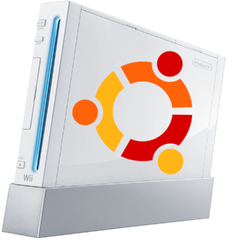Just newbie (dumbie?) unable to instal linux
-
Featured Topics
-
Topics
-
jtrussell22 ·
Posted in Programs, Apps and Websites2 -
2
-
3
-
Wiibuntu ·
Posted in Linux, macOS and Everything Not-Windows15 -
0
-
1
-
0
-
5
-
WolfOfValhalla ·
Posted in Graphics Cards7 -
0
-






.thumb.jpg.ab6821c090888206ddcf98bb04736c47.jpg)












Create an account or sign in to comment
You need to be a member in order to leave a comment
Create an account
Sign up for a new account in our community. It's easy!
Register a new accountSign in
Already have an account? Sign in here.
Sign In Now